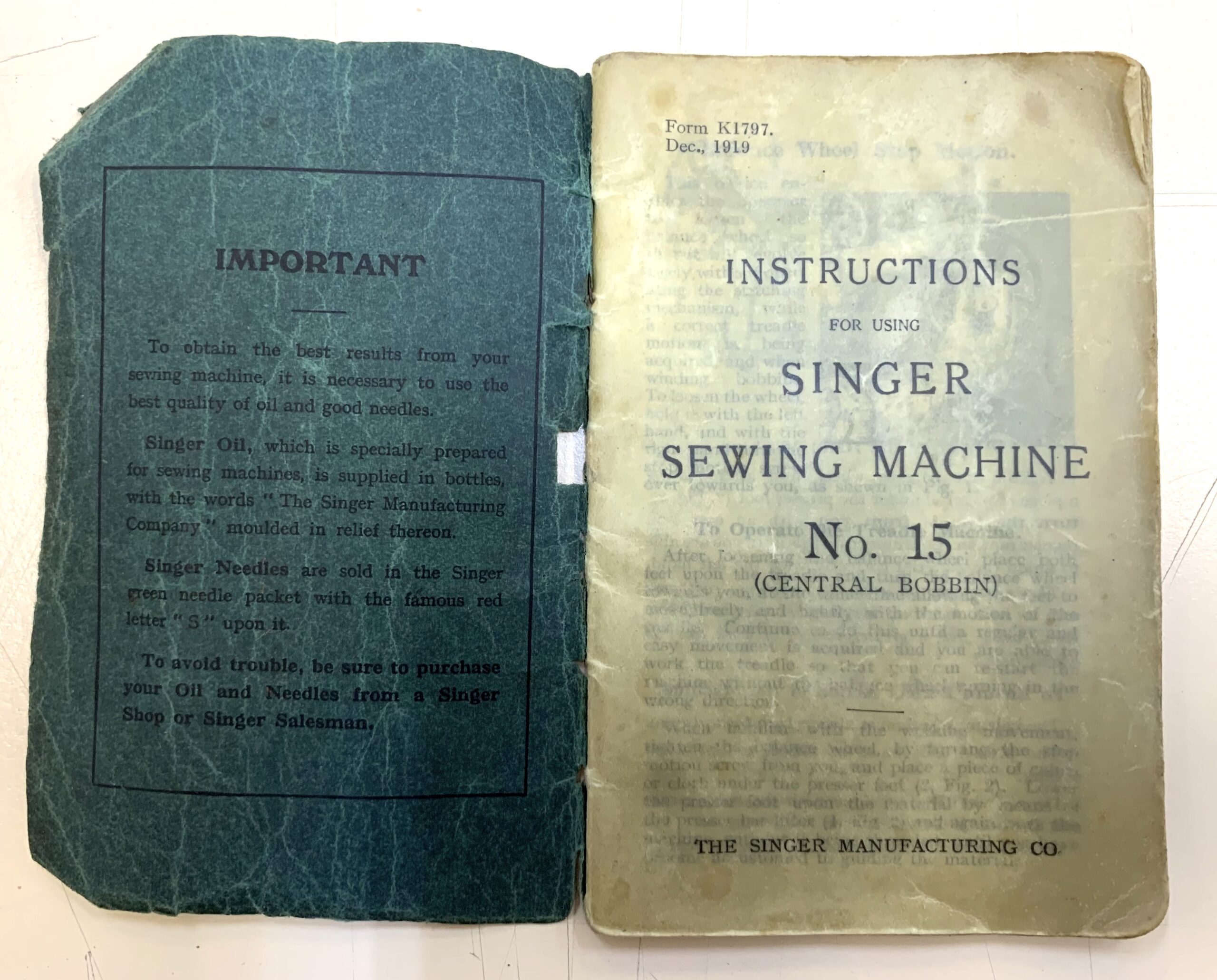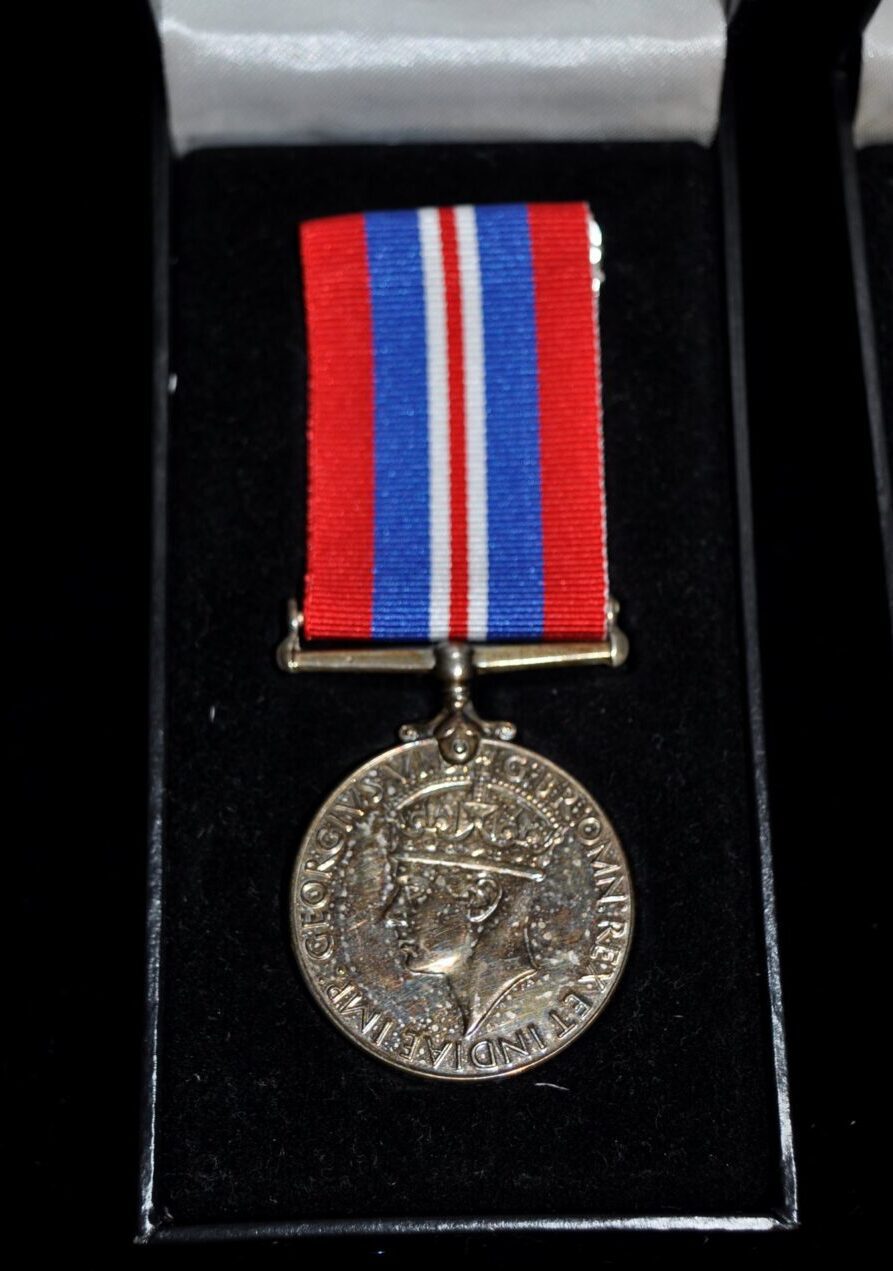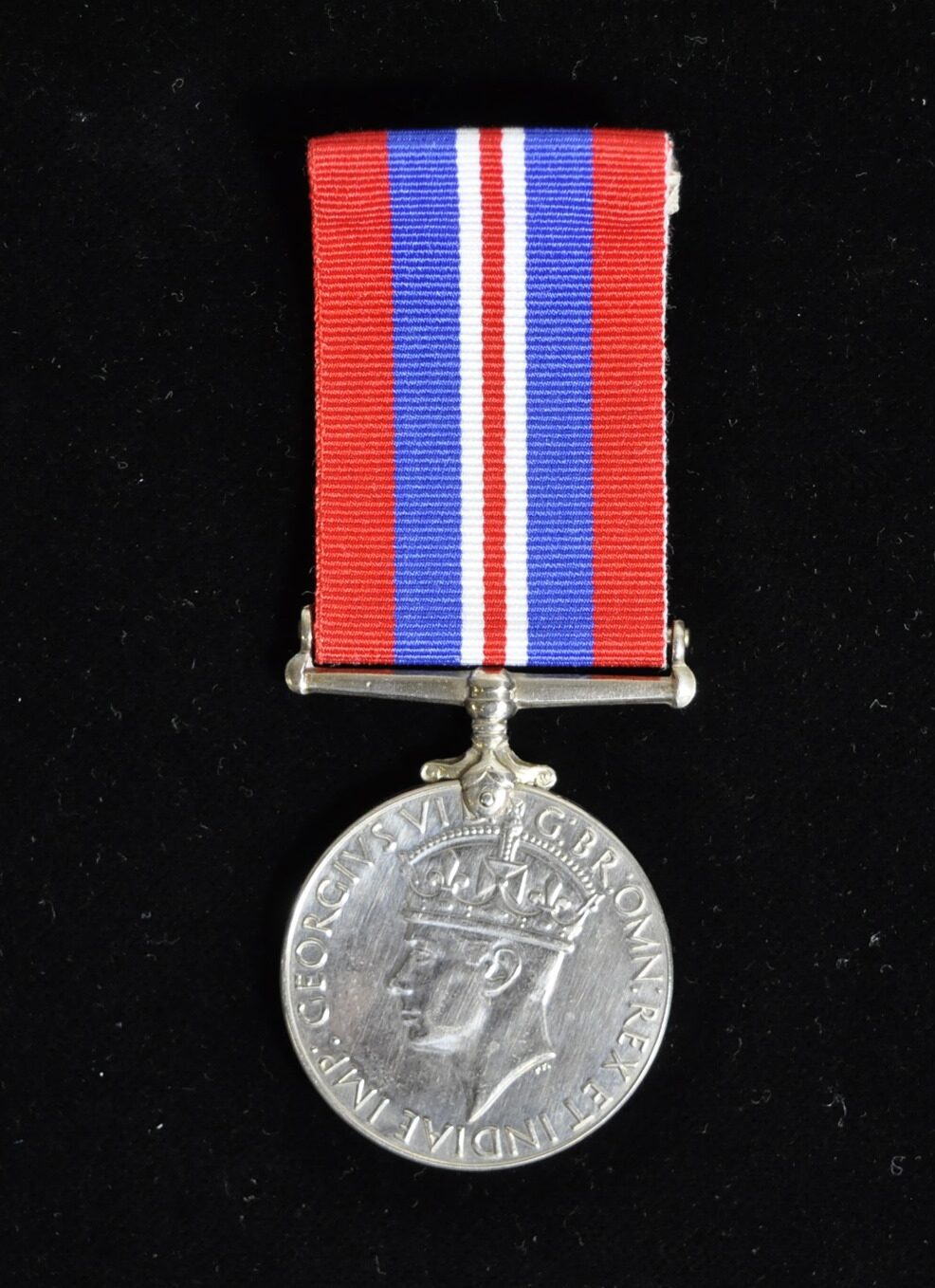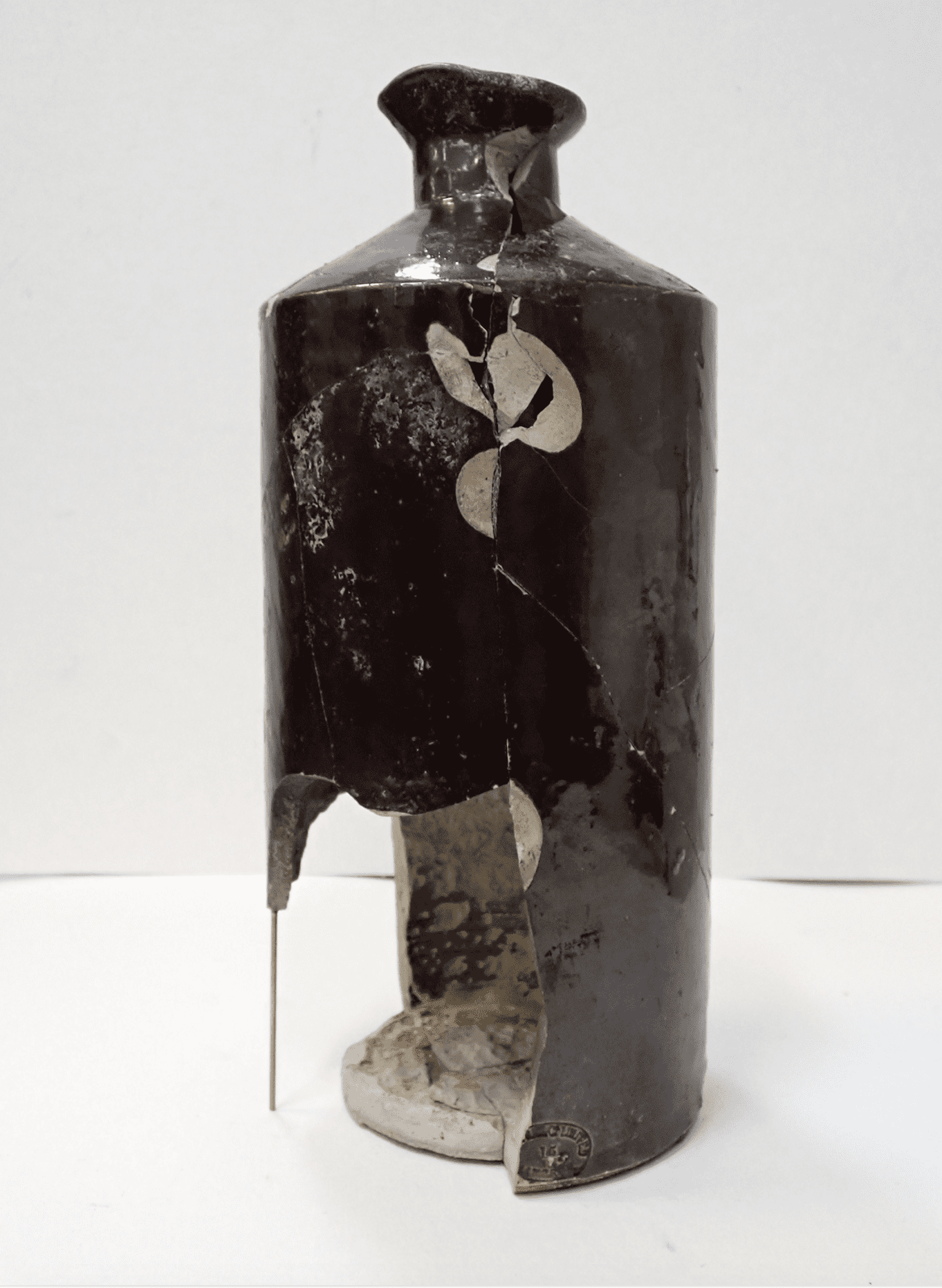Conservation Services
Conservation stabilises an item, mitigating it against the agents of deterioration that cause ongoing damage (this often has the bonus effect of making an item look better).
Conservation aims to do what’s best for an object, extending its longevity. Conservation preserves, protecting items from an ignoble demise via further neglect and disassociation from their stories, allowing them to be appreciated by future generations.
In contrast, restoration endeavours to cover up damage, making the item appear superficially better but ultimately masking the deterioration that will persist.
Usually, there will be a blend of these two philosophies in any treatment— we stabilise objects to ensure their ongoing survival, but also carry out restoration treatments such as retouching (to add in lost decorative detail) and replacing lost components (such as the end of a finger on a broken sculpture), but only if these actions do not jeopardise the longevity of the item.
At Endangered heritage, we repair in the manner that would be best for an object. We never want to overdo it, as this could result in further damage in the long run. Our processes and repairs are reversible, so that if a repair needs to be redone, it can be done with ease and minimal harm to the object.
Endangered Heritage has a fully equipped laboratory and provides conservation services for our national collection in galleries, museums, libraries, and universities. We will deliver the same standard of work to your project as we do to these national collections. Each of our conservators has extensive experience and training in multiple specialisations, with many of them frequently running teaching programs.
Endangered Heritage does not outsource work without the knowledge of the client. The owner will always be in direct contact with the conservator undertaking the work.
Object Conservation
This field encompasses the conservation of glass, ceramics, timber, metals, ethnographic objects, plastics, indigenous art, and electromechanical objects.
Note: Ceramics repairs where we need to undo previous adhesive repairs can be very time-consuming. It is always recommended that people don’t “have a go” before coming to us.




Paper Conservation
Our paper team are constantly working together to bring the best bespoke solution to your project.
We provide services for the conservation of art on paper, documents, books, paper ephemera, and photographs.
PAINTING AND FRAME CONSERVATION
Paintings can be on canvas, board, or paper. They may be in oil, acrylic, watercolour, or even mixed media. Our team can provide stabilisation, cleaning, and repair to conserve your paintings.
Our objects conservators can cast and repair frame mouldings and carry out gilding to repair valuable and authentic frames for the work.




Textiles Conservation
Textiles are the most fragile and sensitive items in any collection. Ensuring that the repairs are not too strong for the original fabric is a very specialised task. We offer conservation services for garments, embroidery, lace, tapestry, carpets, furs, and leather and 3D works such as toys and bears.
Textile treatments always include insect and pest eradication as part of our incoming work quarantine processes.
Endangered Heritage is proud of its specialised work in textiles and is currently undertaking further research in the care of metal threads, mould remediation, and the use of sodium borohydride. Australia’s only trained tapestry specialist in private practice, our Director Victoria, is also one of the leading textiles conservators in Australia.
Military Conservation
Many military and technology objects remain in collections well beyond their original intended period of use or expected lifespan and are exceedingly fragile. Many signfiicant military and technology objects are deteriorating due to environmental factors, poor or incorrect maintenance, storage, handling, or excavation thus leaving already fragile objects prone to accelerating damage.
Our team has extensive experience handling miltiary collections including the treatment of uniforms, flags and banners, medals, edged weapons, firearms and maritime artifacts. Our two metal conservators have a combined experience of 50 years and our large technology conservators have extensive experience working on watercraft, artillery, vehicles and aircrafts.




Archaeological Conservation
Conservation stabilises an item. Archaeological conservation has the same aim but is working in and on different conditions and materials. While in the ground, the environment is stable and the artefacts have generally stabilised within that environment. Once excavated and exposed to different and changing environmental conditions, artefacts can rapidly deteriorate. With a comprehensive understanding of both archaeology and conservation, Endangered Heritage can intercede in the deterioration process and stabilise artefacts and a multitude of material types before the research potential is lost.
